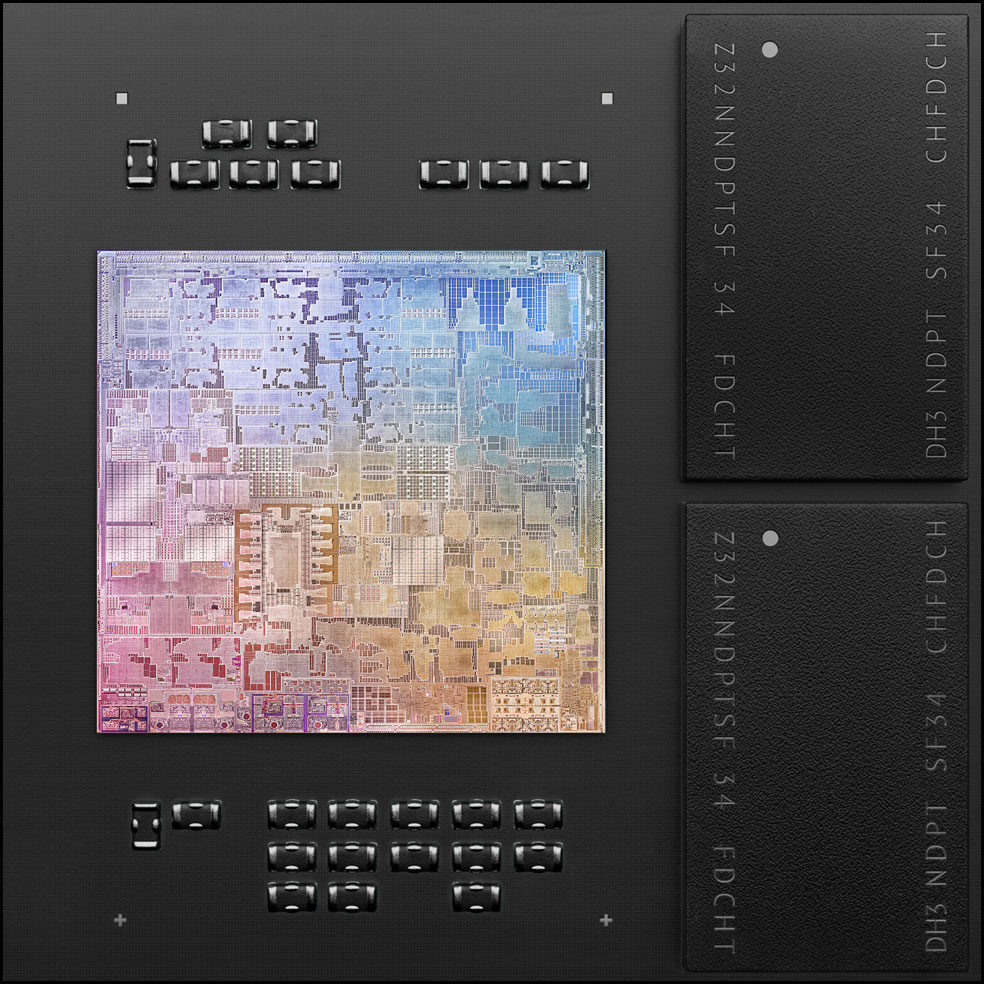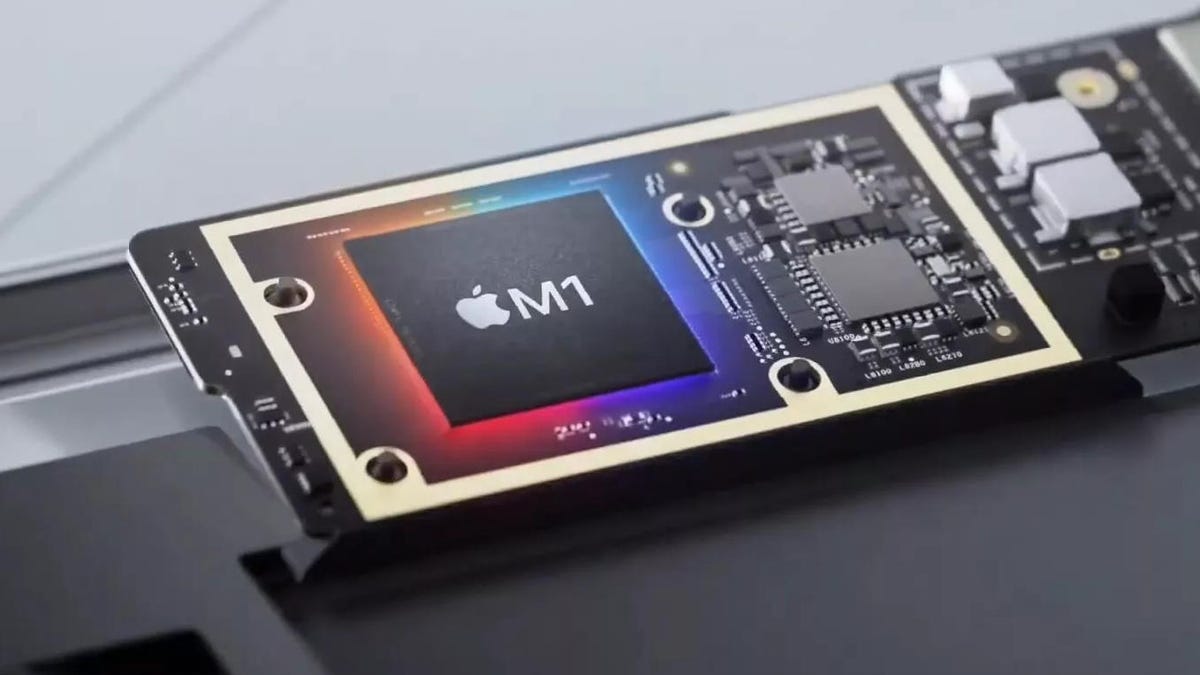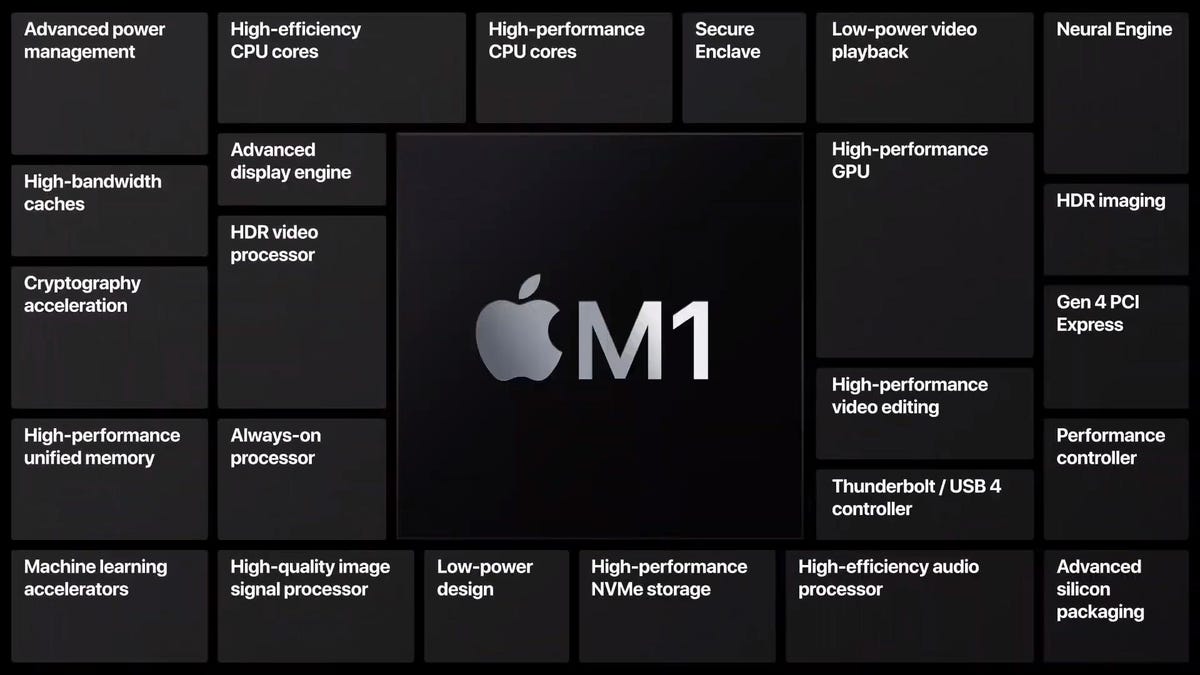Apple's Macintosh computers are leaving Intel's CPUs for an in-house ARM-based M1 CPU. 4 cores are full-powered, 4 are optimized for power-saving activities, and the integrated GPU is another in-house design.
Promoted as 3x the CPU performance of the current Intel Macs and 5x the Intel GPU performance while providing either 2x battery life or 60% lower power consumption for the M1 Mac Mini.
Prices for the new Macs (MacBook Air, 13" MacBook Pro, and Mac Mini) are the same or lower than the current Intel-powered Macs that are these new Macs replace.

Promoted as 3x the CPU performance of the current Intel Macs and 5x the Intel GPU performance while providing either 2x battery life or 60% lower power consumption for the M1 Mac Mini.
Prices for the new Macs (MacBook Air, 13" MacBook Pro, and Mac Mini) are the same or lower than the current Intel-powered Macs that are these new Macs replace.

Mac
The most powerful Mac laptops and desktops ever. Supercharged by Apple silicon. MacBook Air, MacBook Pro, iMac, Mac mini, Mac Studio, and Mac Pro.
www.apple.com








